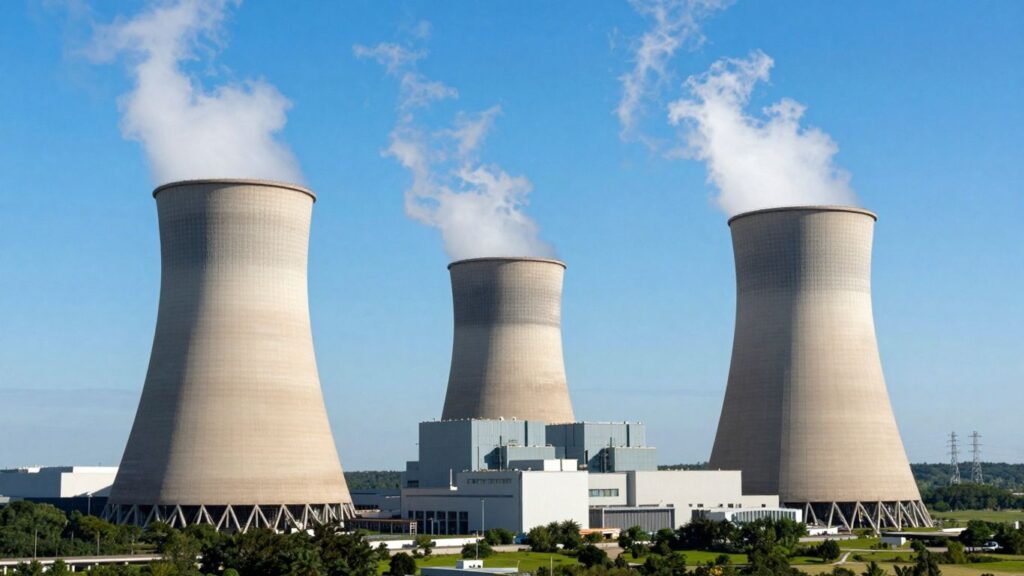A New Era for Nuclear Power Dawns
Scientists are making significant strides in thorium reactor technology, with recent experiments in the Netherlands and China demonstrating the potential for cleaner, safer, and more abundant nuclear energy. These advancements could fundamentally alter the landscape of nuclear power generation.
The SALIENT Experiment in Petten
The Nuclear Research and Consultancy Group in Petten, Netherlands, has commenced the first phase of the Salt Irradiation Experiment (SALIENT). This project, a collaboration with the European Commission’s Joint Research Centre-ITU in Germany, aims to develop more efficient reactor fuels and explore materials for reactor construction. The experiment utilizes the site’s high flux reactor to heat a thorium salt fuel mixture, initiating nuclear reactions that convert thorium into fissile uranium isotopes.
Key Takeaways:
- The SALIENT experiment is focused on producing cleaner reactor fuel and testing construction materials.
- Researchers are experimenting with methods to remove noble metals from the fuel mixture to enhance efficiency.
- Future phases will test materials like steel, Hastelloy, and titanium-zirconium-molybdenum alloys for their resilience to corrosion and high temperatures.
- The Petten facility’s high-flux reactor is one of the few globally capable of supporting circulating molten salt loop systems.
China’s Groundbreaking Thorium Reactor
Meanwhile, researchers from the Chinese Academy of Sciences have successfully operated the world’s first thorium reactor, a two-megawatt facility located in the Gobi Desert. This reactor achieved a significant milestone by being reloaded while still operational. Thorium-232, the most common isotope, requires neutron bombardment to transform into fissile uranium-233.
Advantages of Thorium and Molten Salt Reactors
Thorium offers several advantages over uranium, including greater abundance and reduced potential for weaponization. Thorium-233 is less explosive than uranium-235, making it less attractive for illicit nuclear weapons development. Furthermore, the use of molten salt as a coolant and fuel medium in these reactors enhances safety. Unlike water-cooled reactors that require high pressure to prevent evaporation, molten salt has a much higher boiling point, mitigating the risk of meltdowns. In case of overheating, the molten salt expands and halts the reaction, and if a breach occurs, the salt fuel freezes, containing the material.
The Future of Thorium Power
While China currently leads in molten salt reactor technology, the United States is also advancing in this field, with companies like Core Power planning a network of floating nuclear power plants. The historical research conducted at Oak Ridge National Laboratory in the U.S. during the Cold War laid crucial groundwork for current developments, with China leveraging this publicly available research. The renewed interest in thorium and molten salt reactors signals a potential paradigm shift in nuclear energy production.
Sources
- New dawn for thorium reactor research, The Engineer.
- A Thorium Reactor Has Rewritten the Rules of Nuclear Power, Popular Mechanics.












